Bold and Brash
Colour in Fashion 1770–1990
After 2021’s exploration of the colour blue, the Museum’s 2022 exhibition focuses on colour again, but this year we are multi-coloured. It features garments from 1770 to 1990 and we examine the changing availability of dyes to create these varied and beautiful colours.
In the past the palette was limited to dyes which could be made from plants and other vegetable matter. There is no green dye in nature, yet our earliest exhibit this year, a sumptuous mantua (soft-bodied gown) with a floral design from around 1770, has a rich green base. This effect was created by dyeing the yarn in indigo and then overdyeing with yellow.
The introduction of synthetic dyes only began in the mid-nineteenth century. Our exhibition demonstrates this remarkable shift by showing two fine purple crinolines. The colour of the first, dated around 1850, has been achieved by weaving blue and pink threads together. The cloth of the second crinoline from about 1862 shows the first use of the synthetic mauvine dye. This dye was discovered by accident by a chemist William Perkins, who was doing research into quinine, and it made his fortune.
It was only at the beginning of the twentieth century that a synthetic black dye was produced. Before this, cloth had to be dyed with indigo and then overdyed repeatedly, depending on the cloth type. This made black cloth extremely expensive.
Nowadays, by using synthetic dyes and textiles, we can have any colour we like in our clothes. But we also know now how polluting making and using synthetic dyes is. We need to begin to reduce their use and return to using the natural vegetable materials much more in the future.
Use the arrows to browse through the pictures in the virtual tour, or go directly to a particular picture using the thumbnails at the bottom.
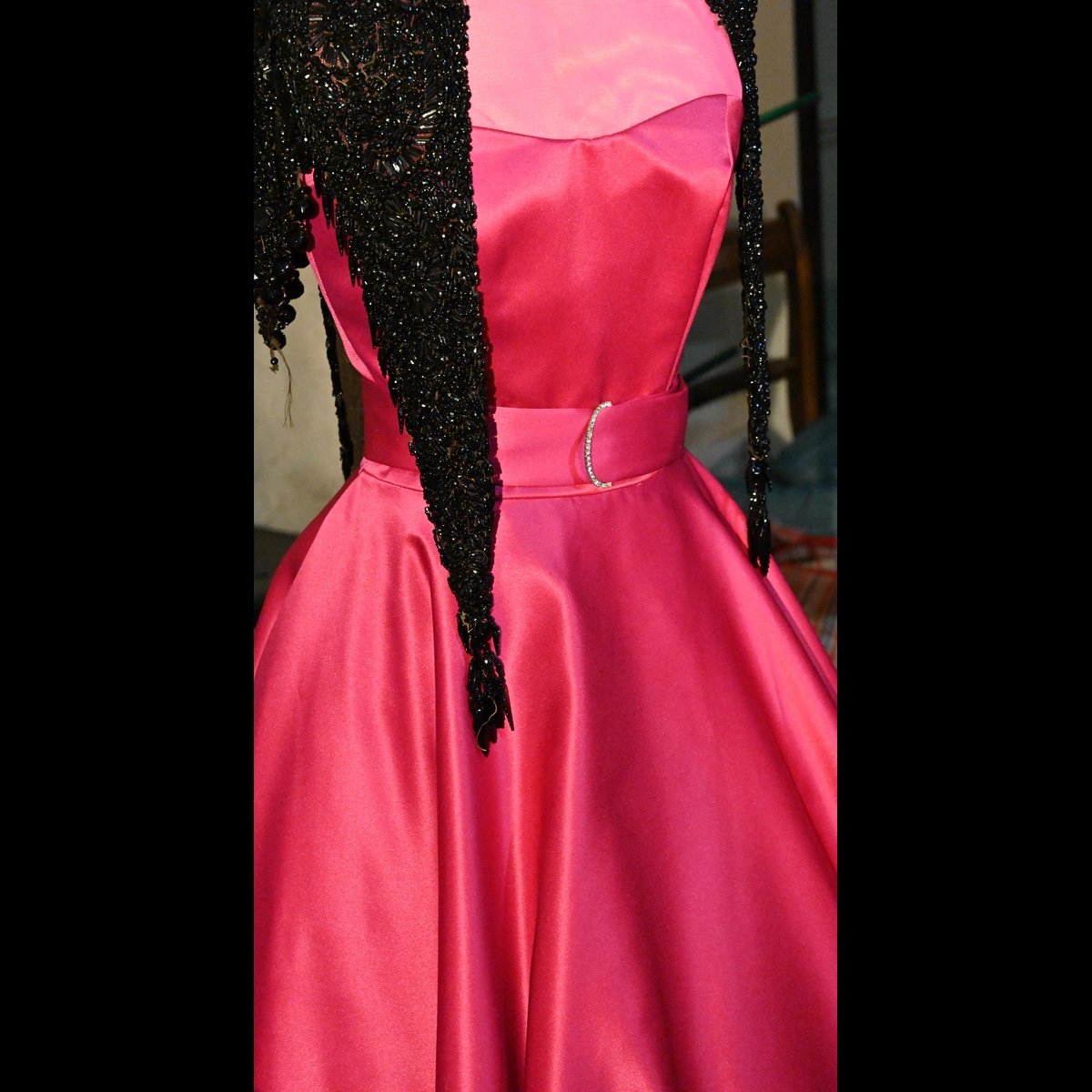
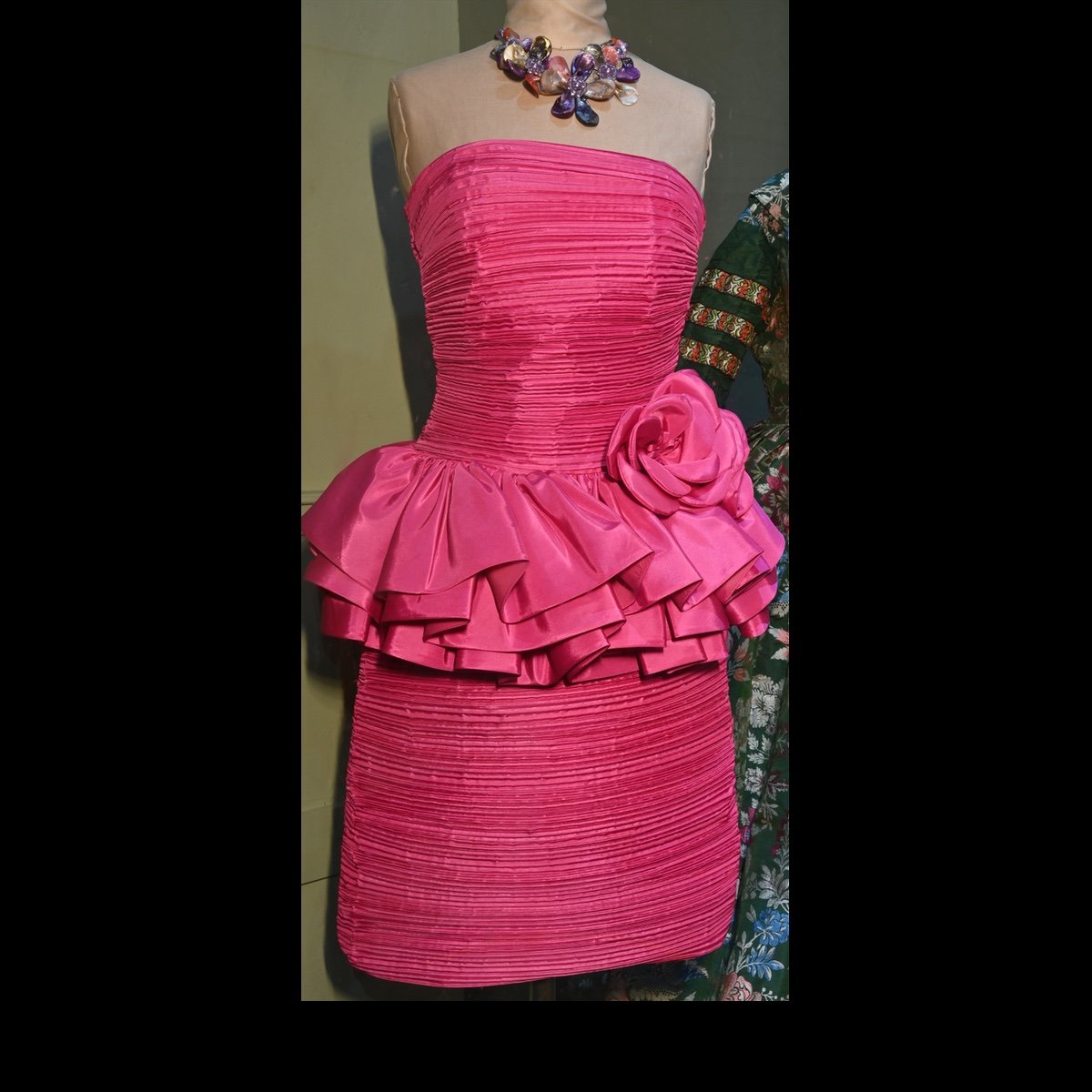
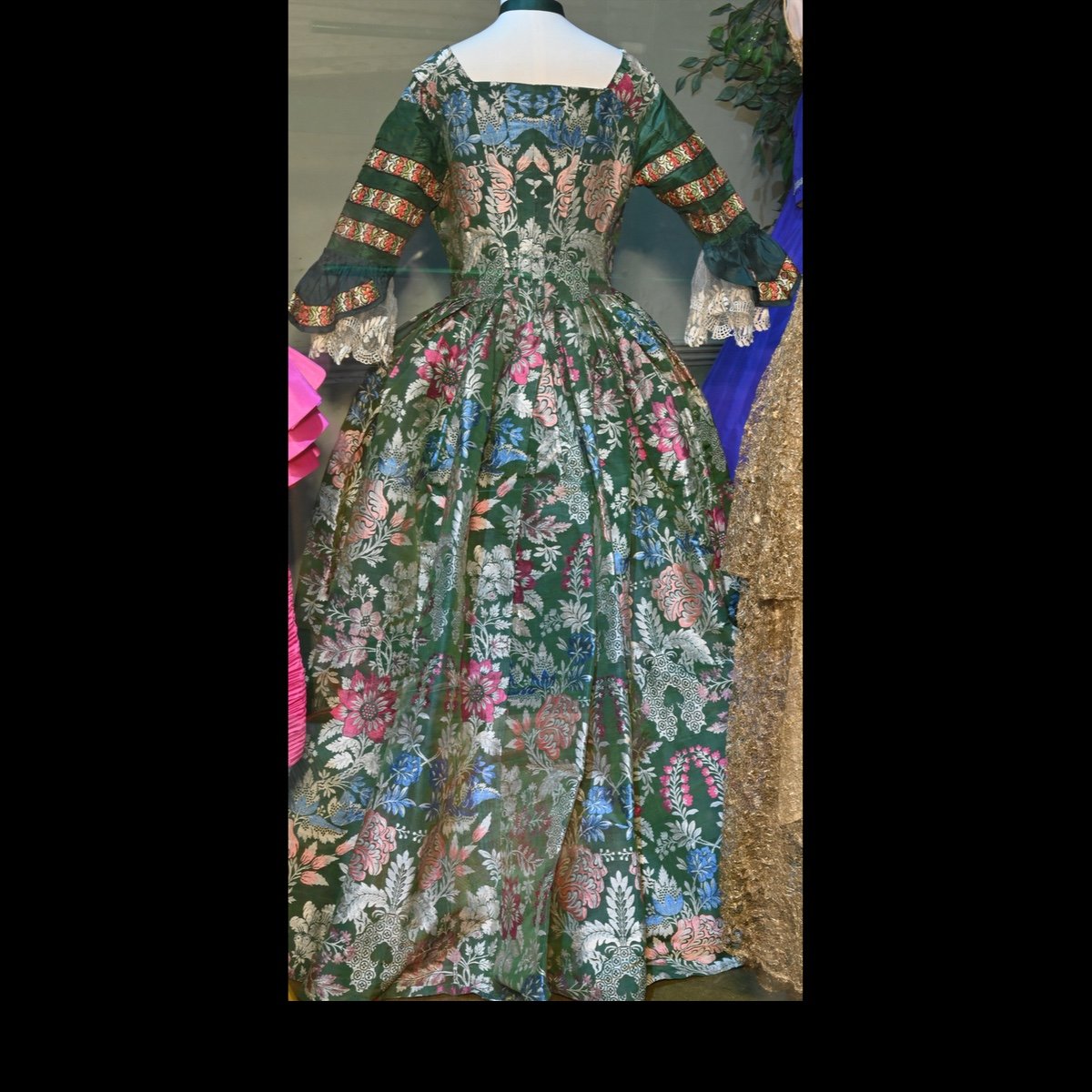
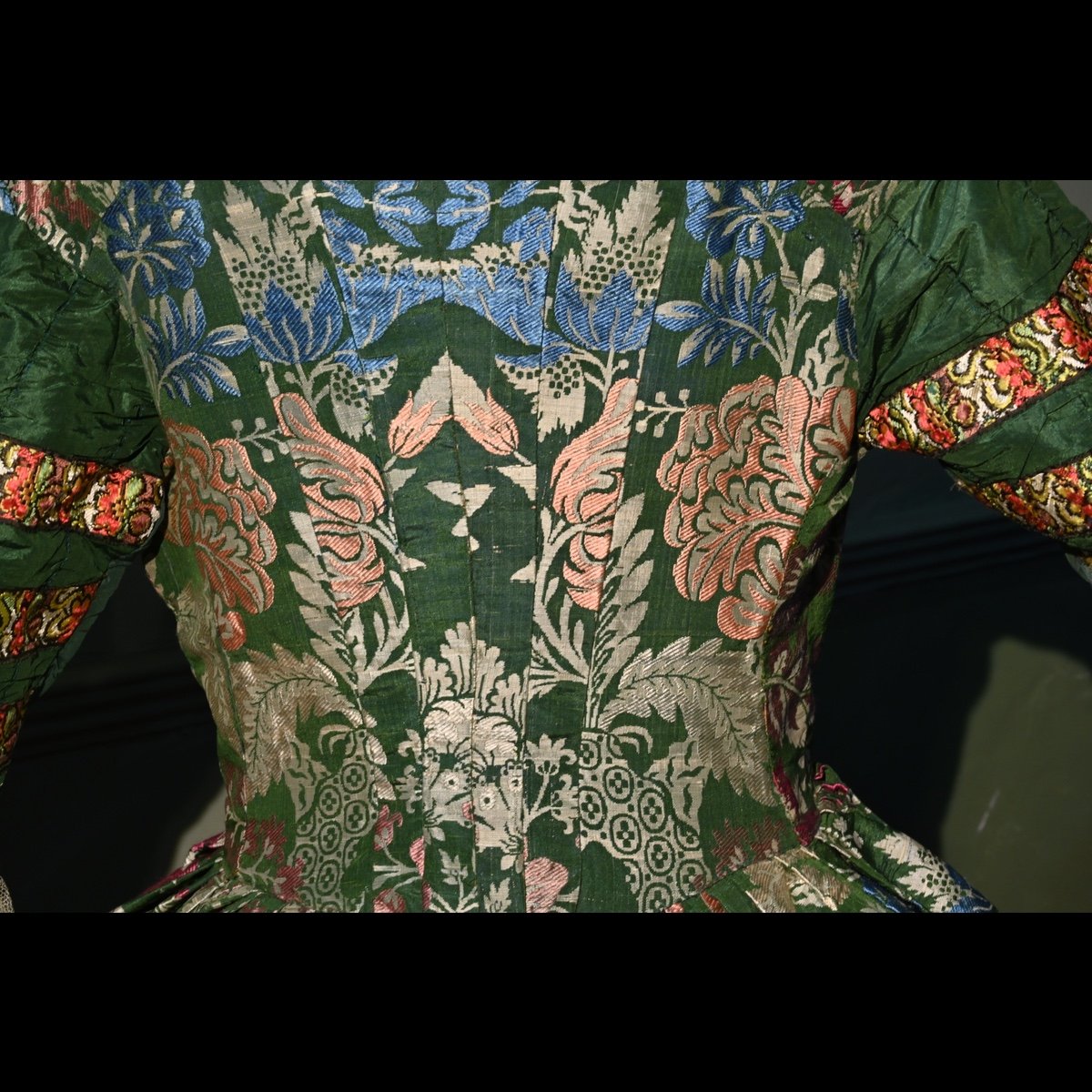
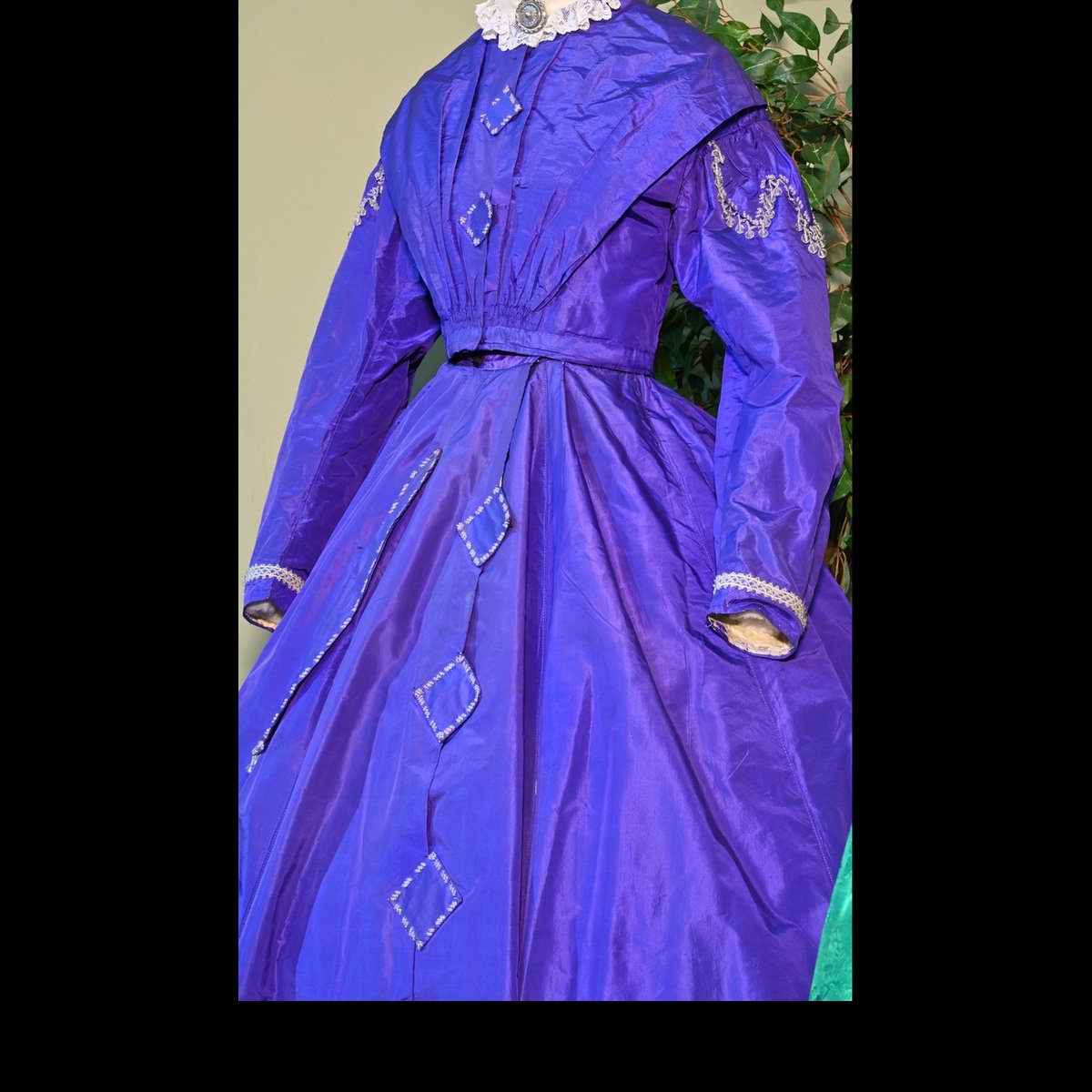
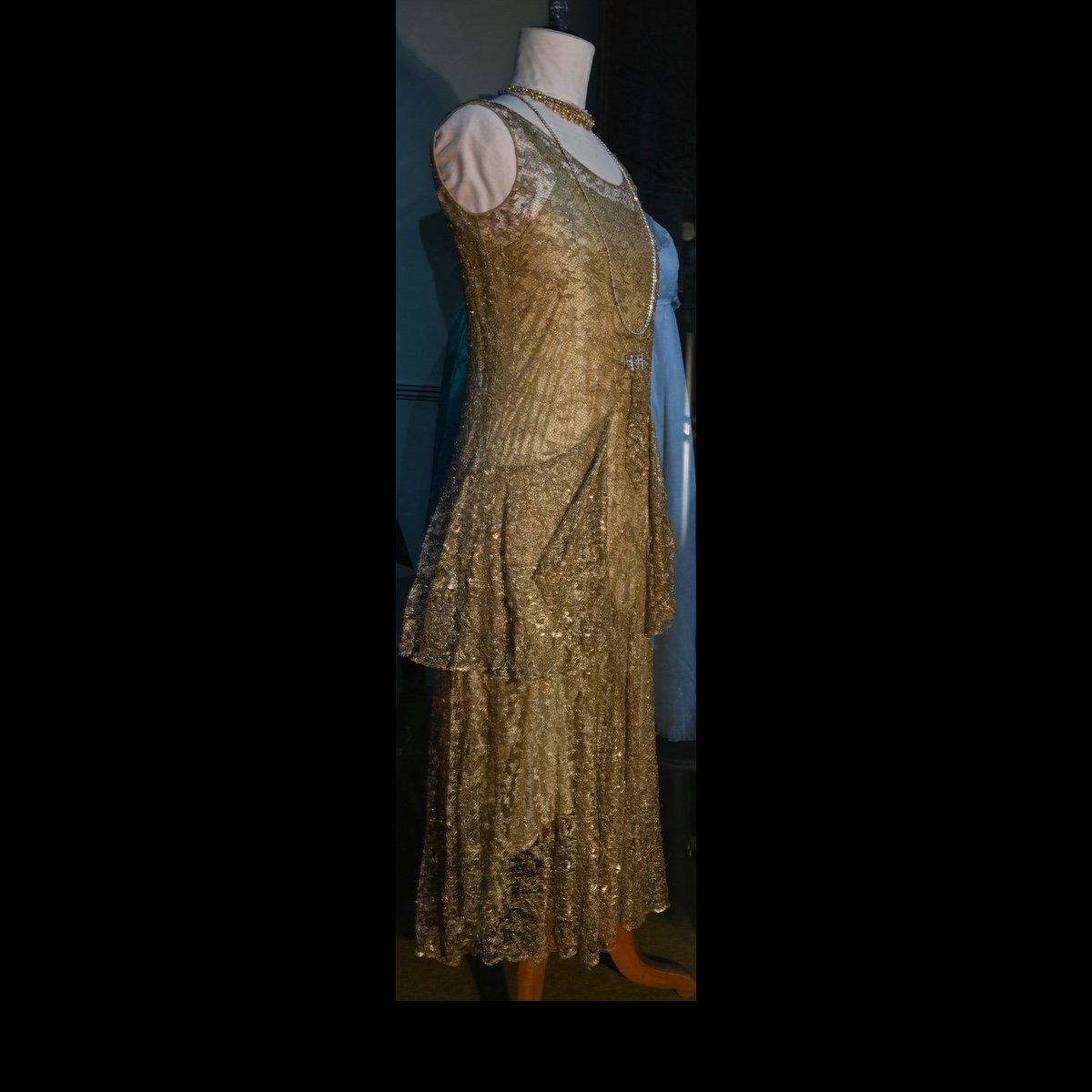
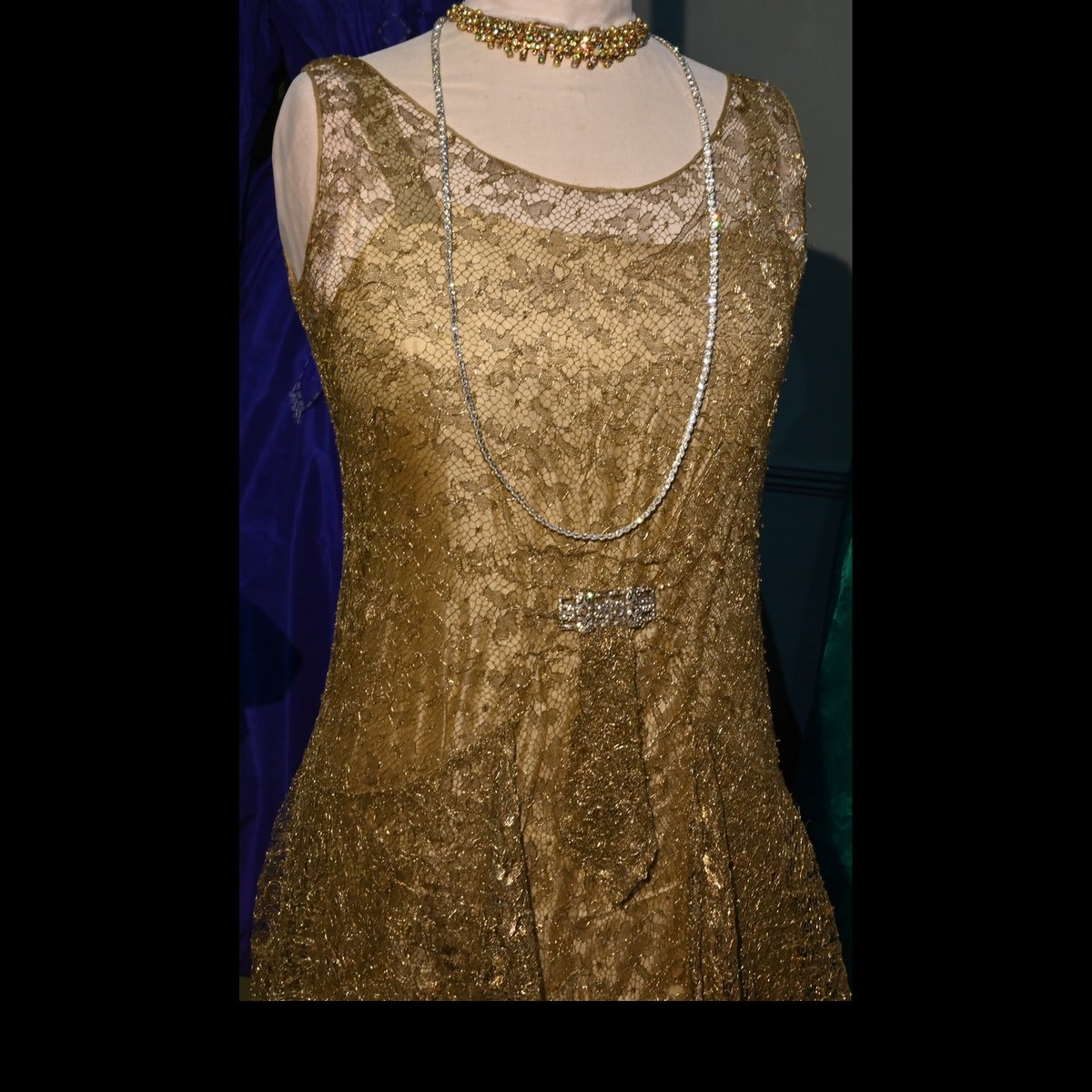
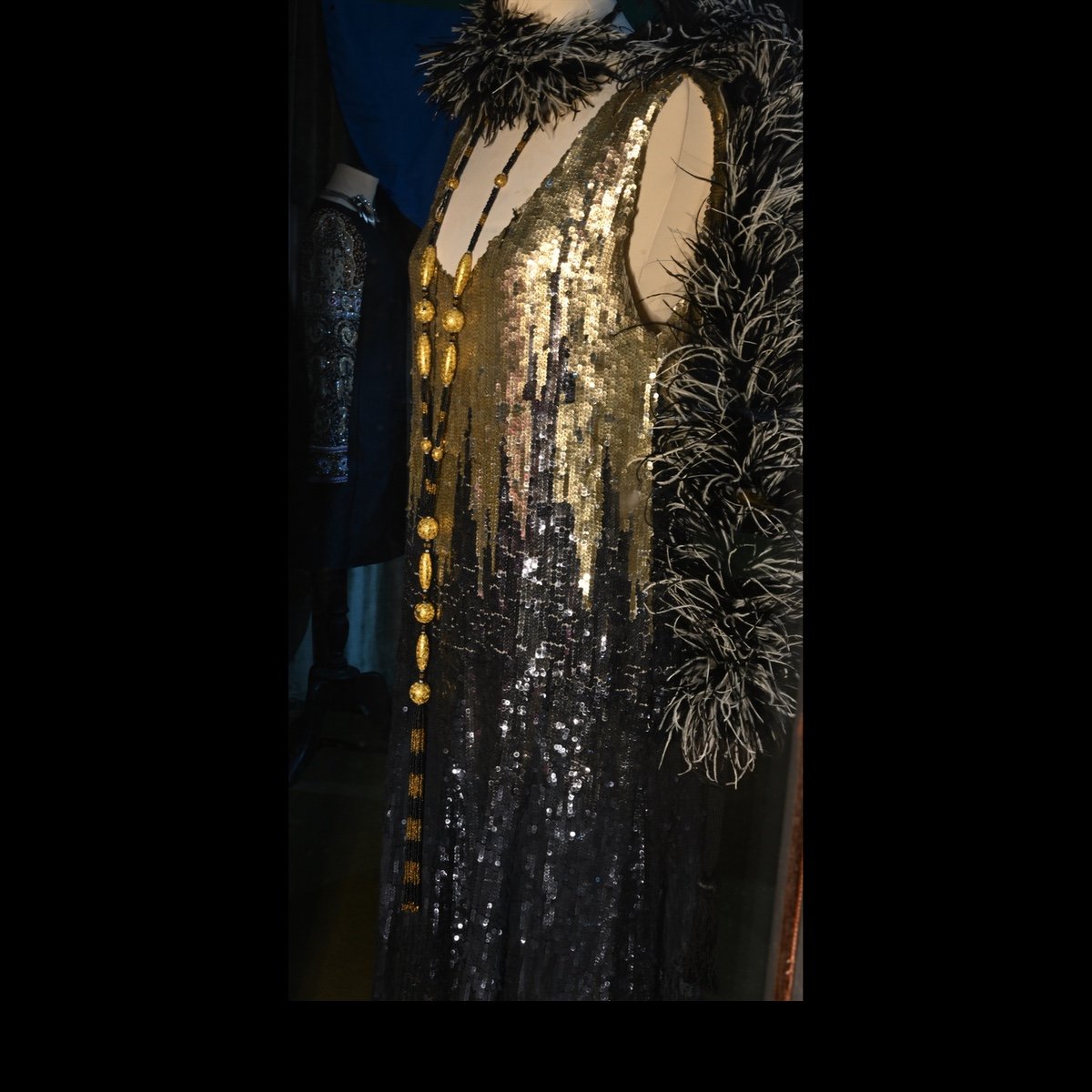
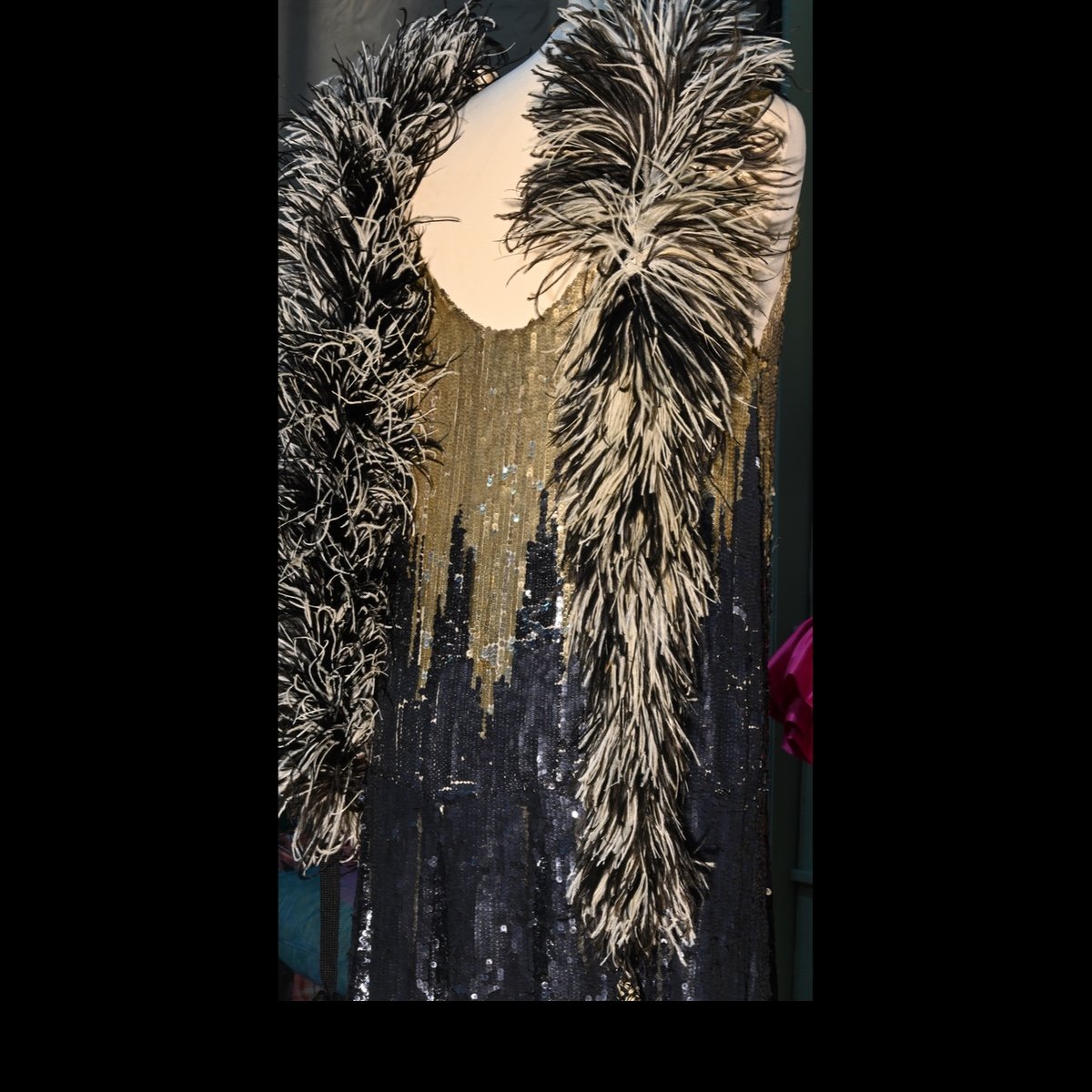
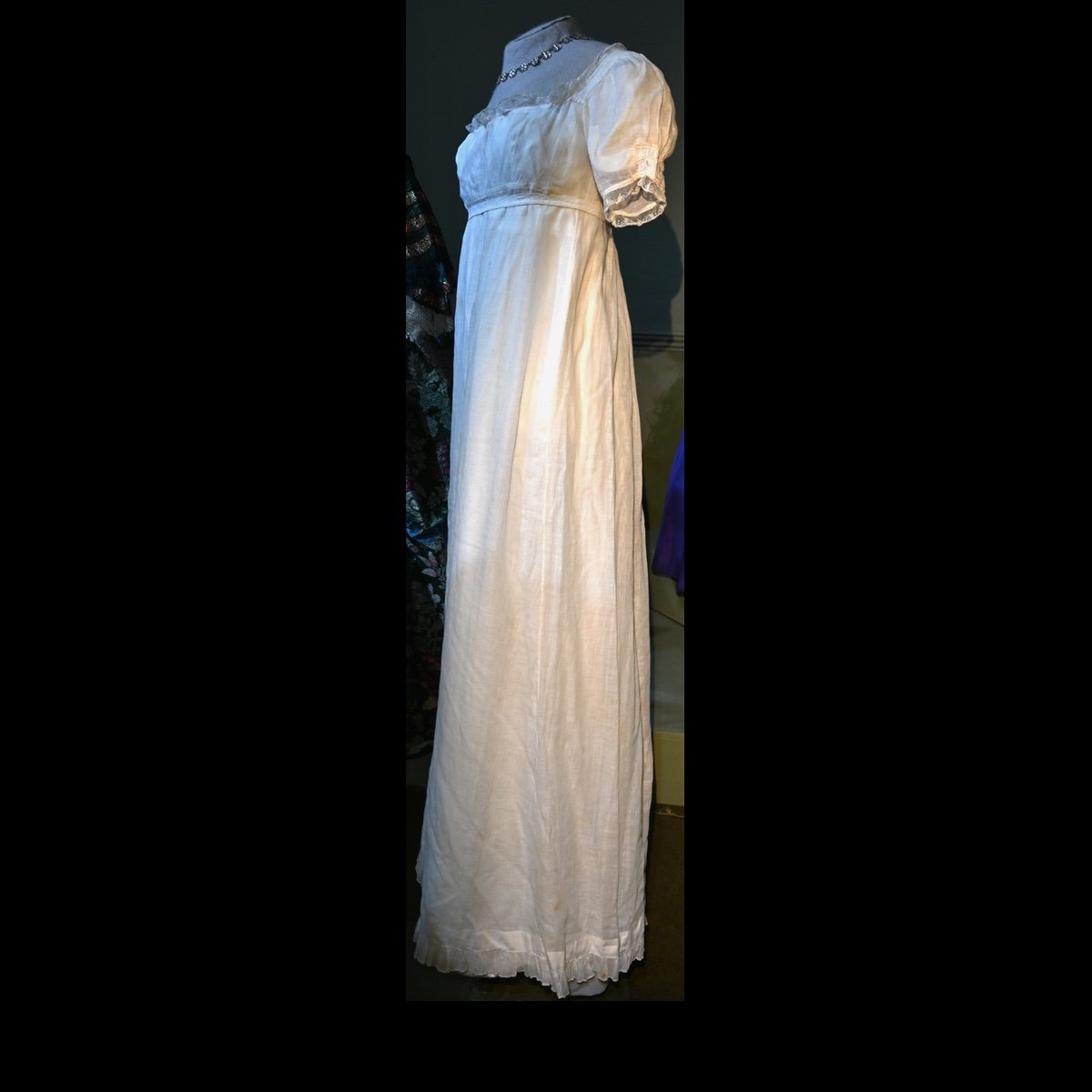
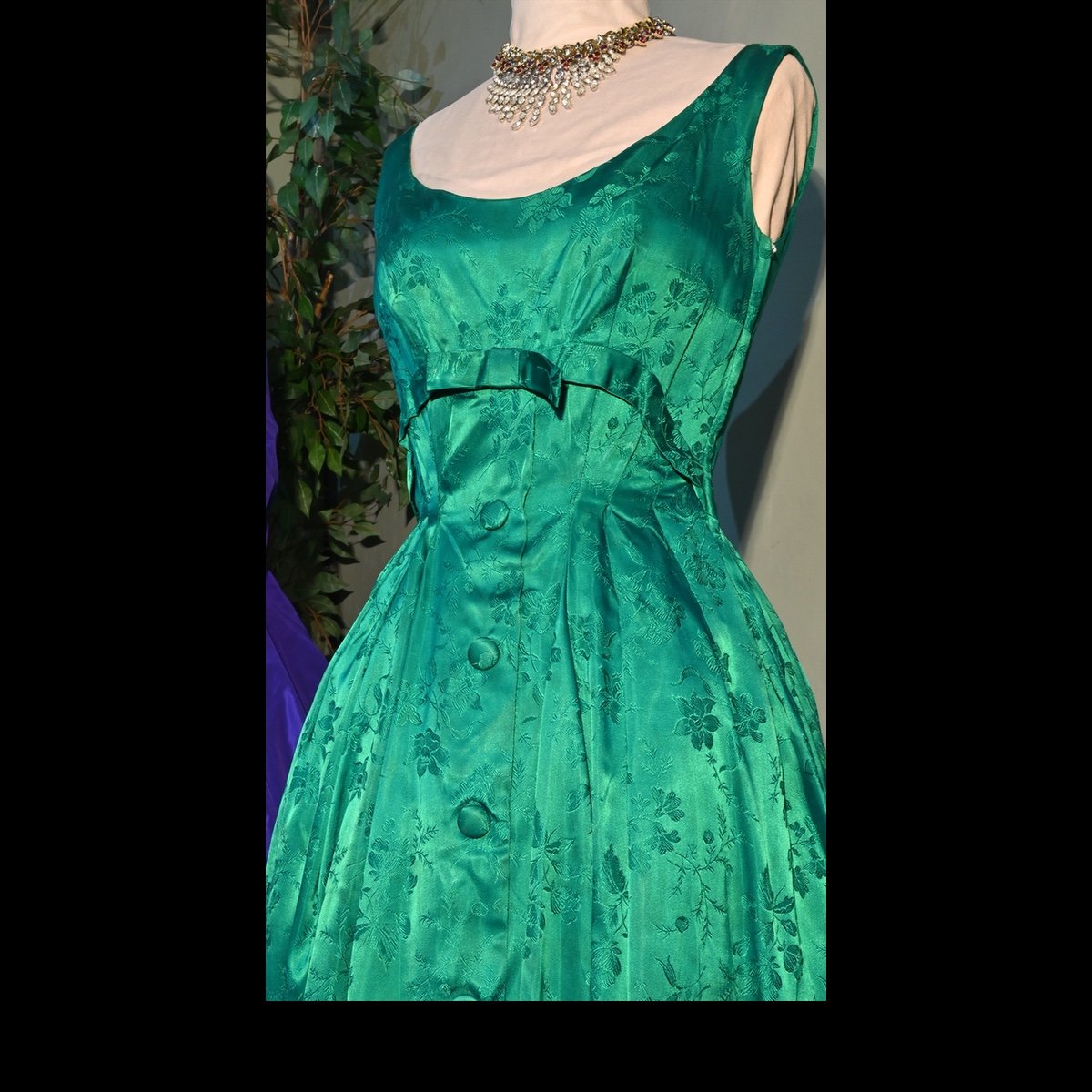
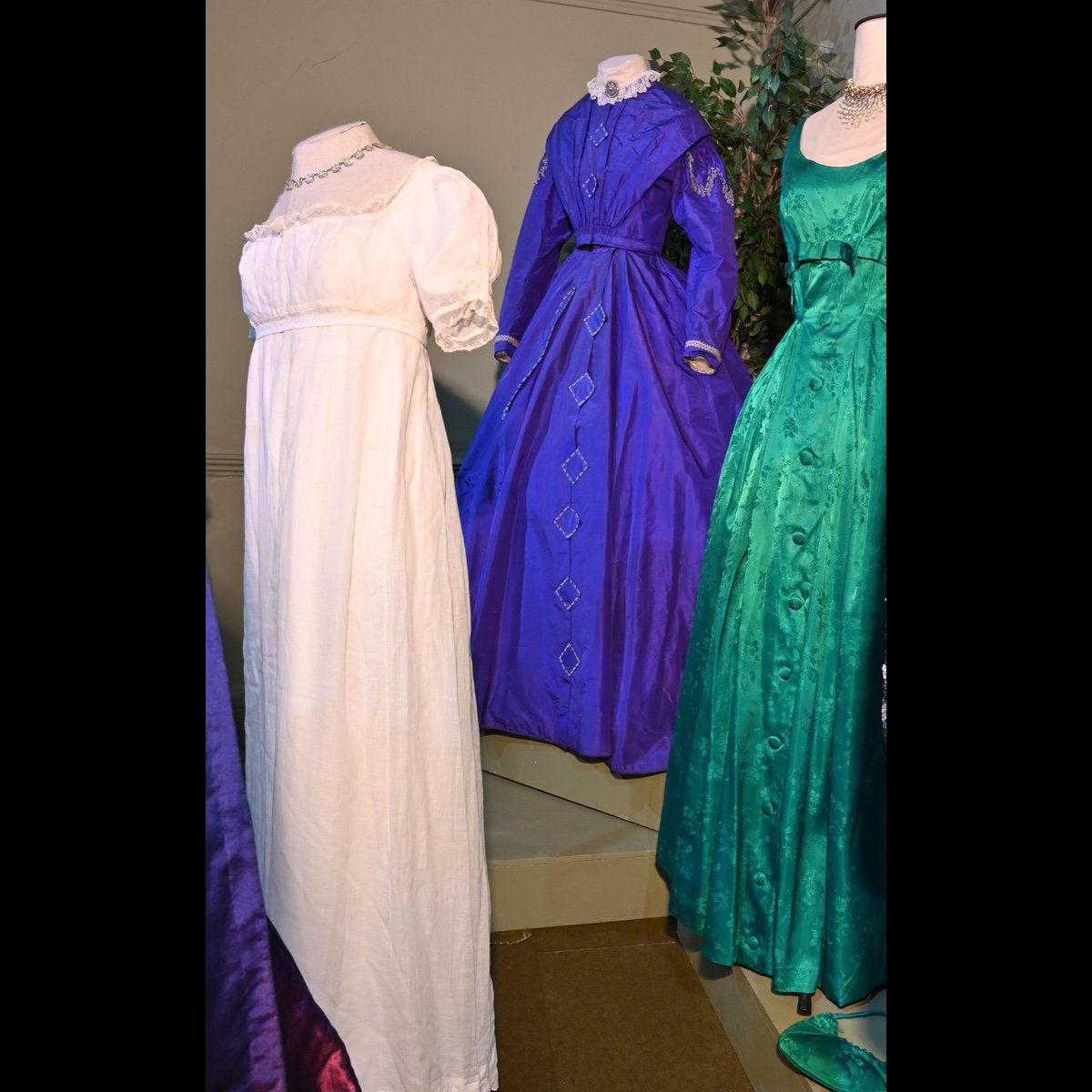
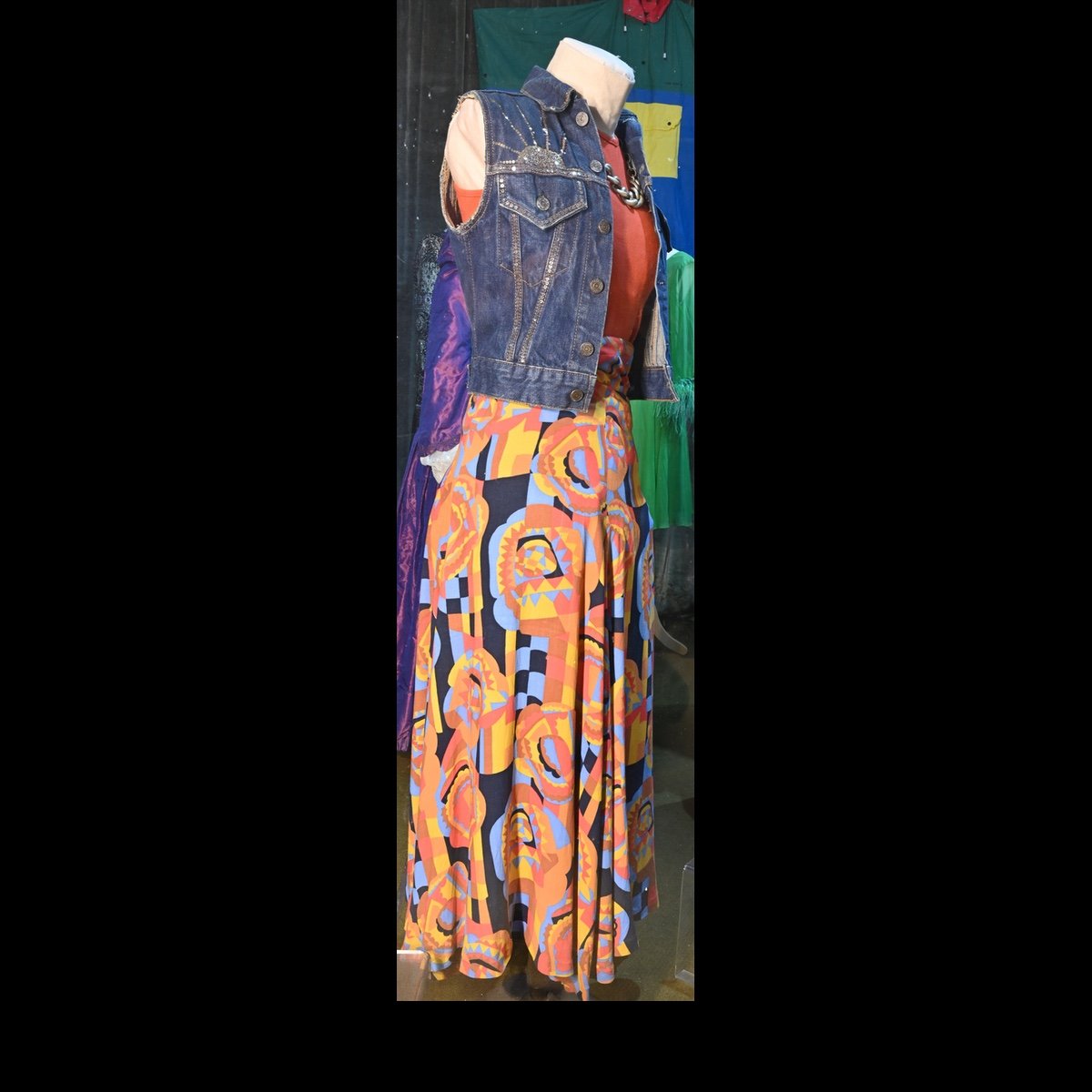
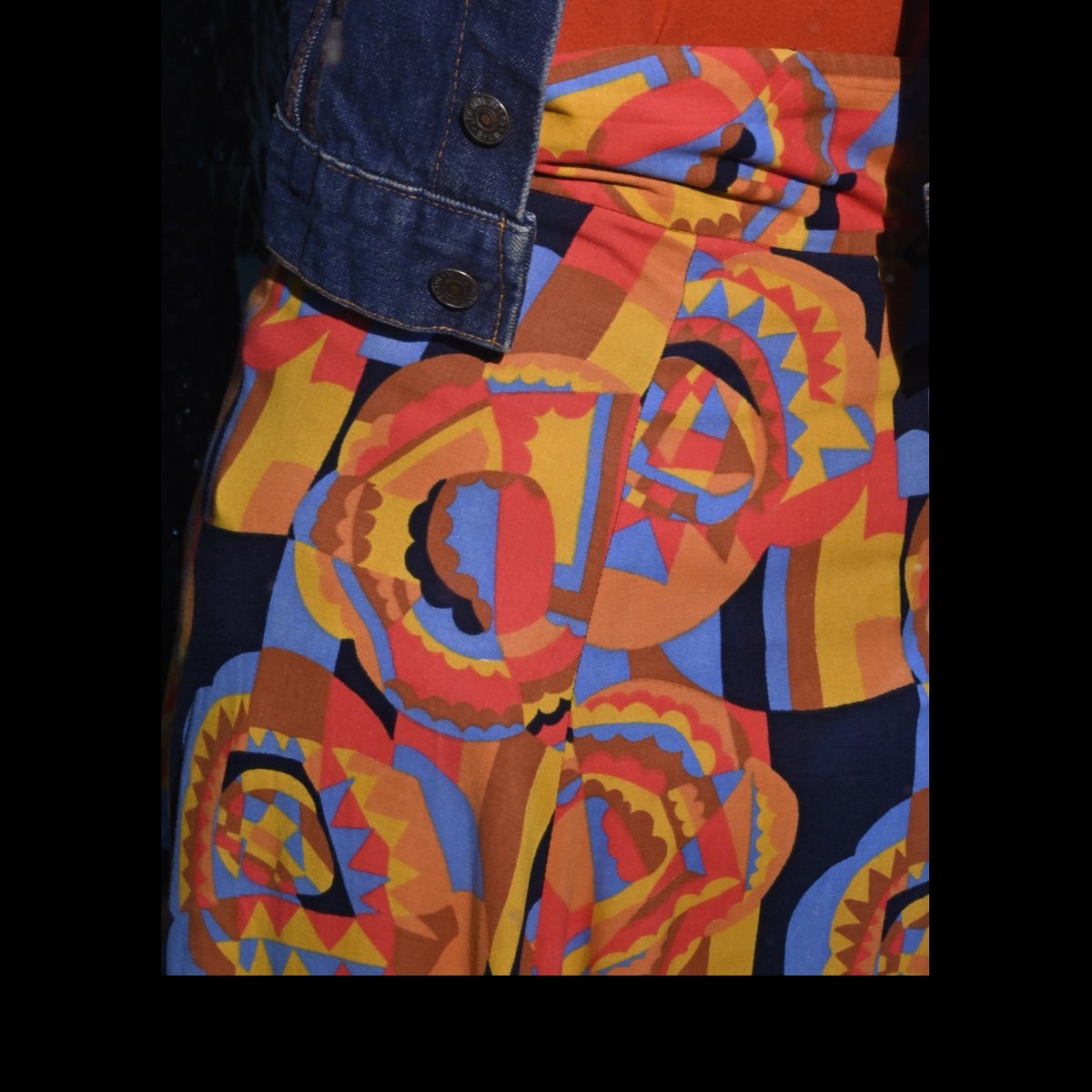
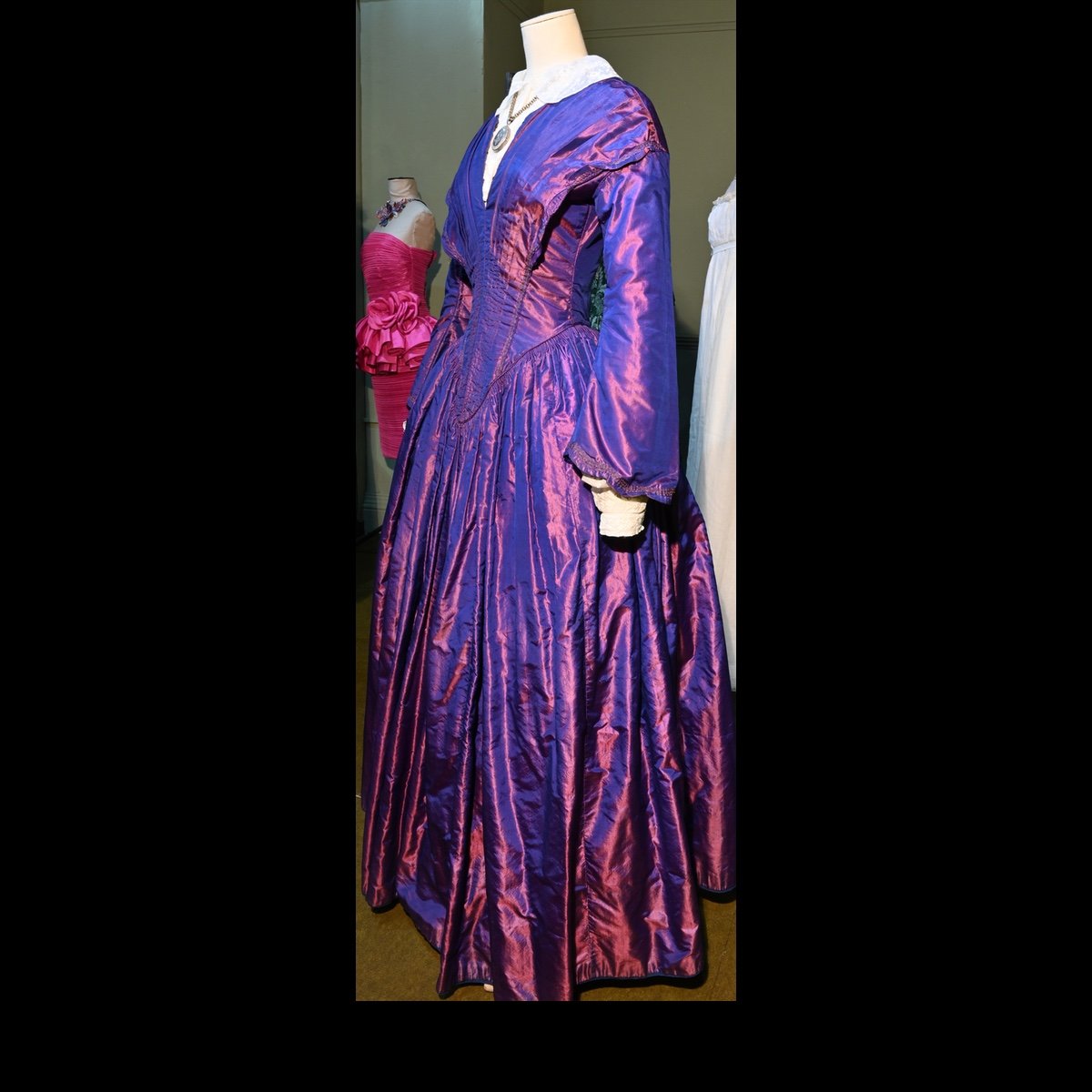
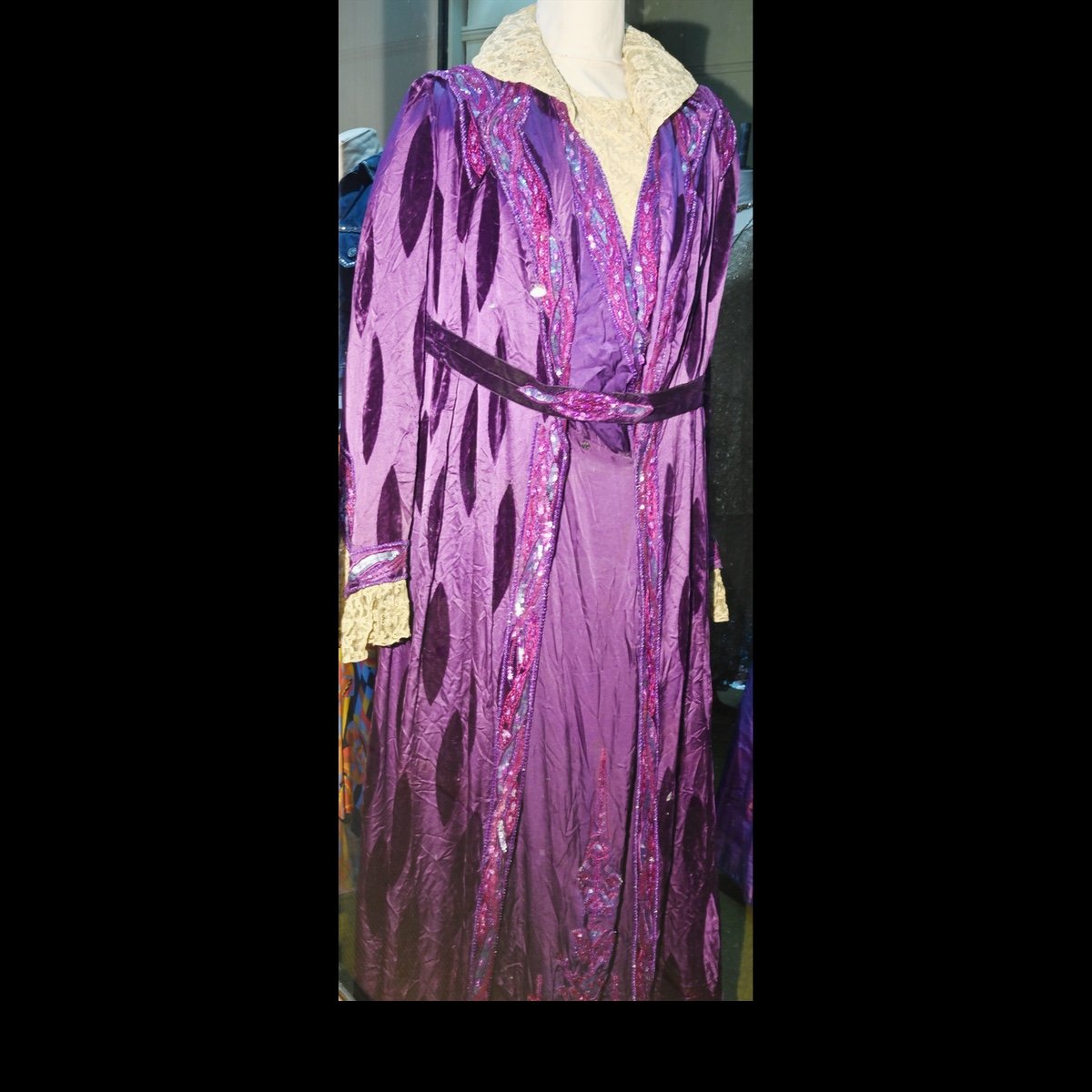
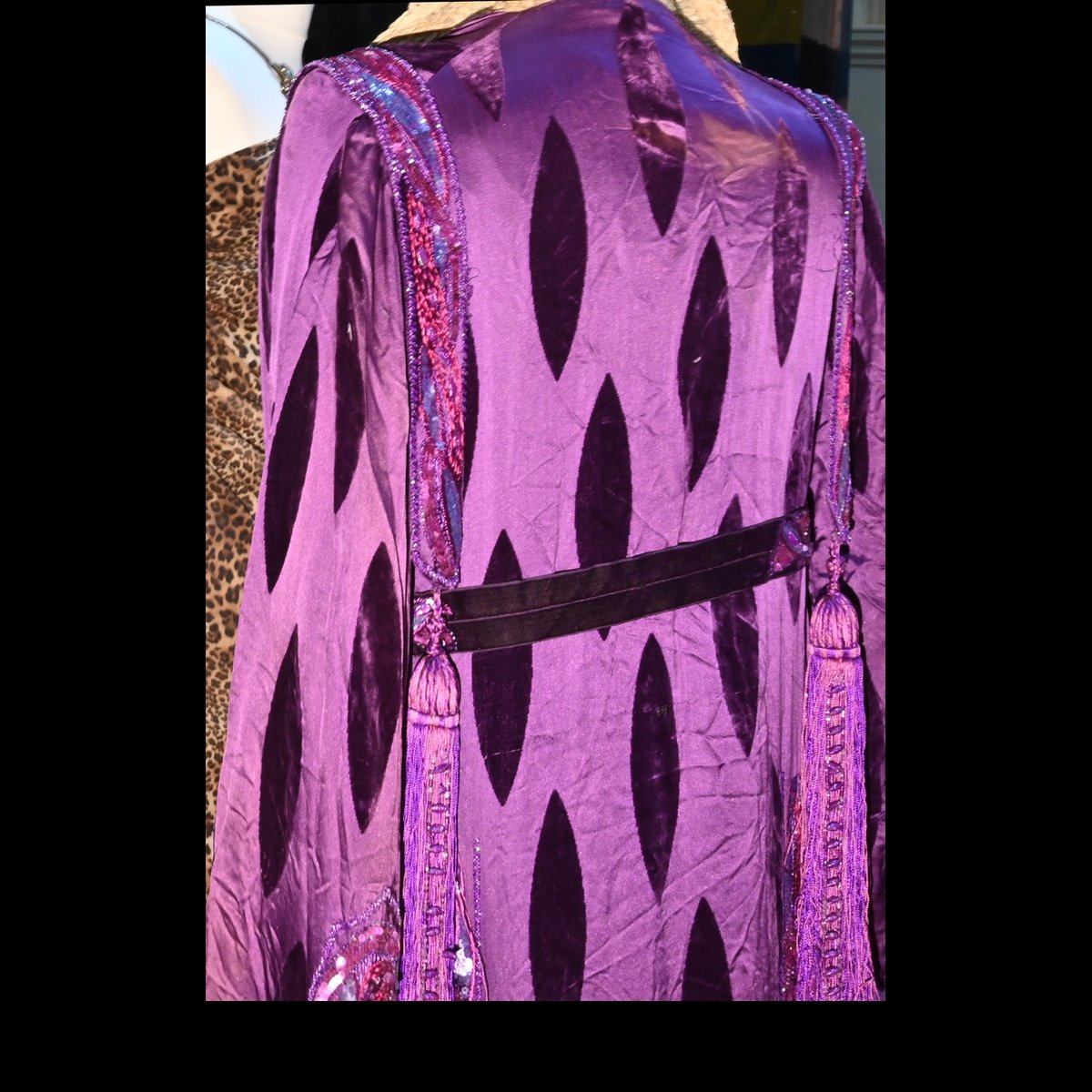
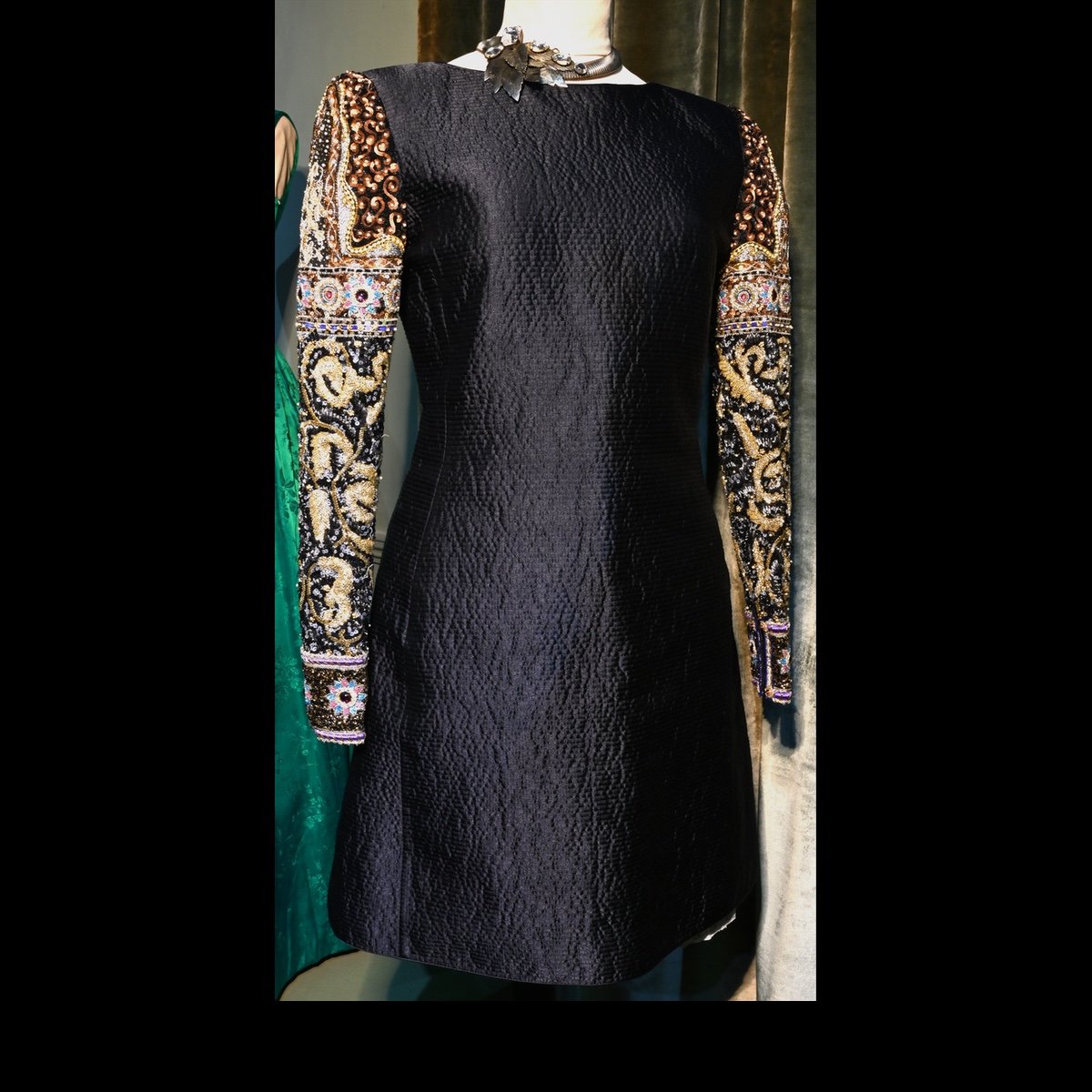
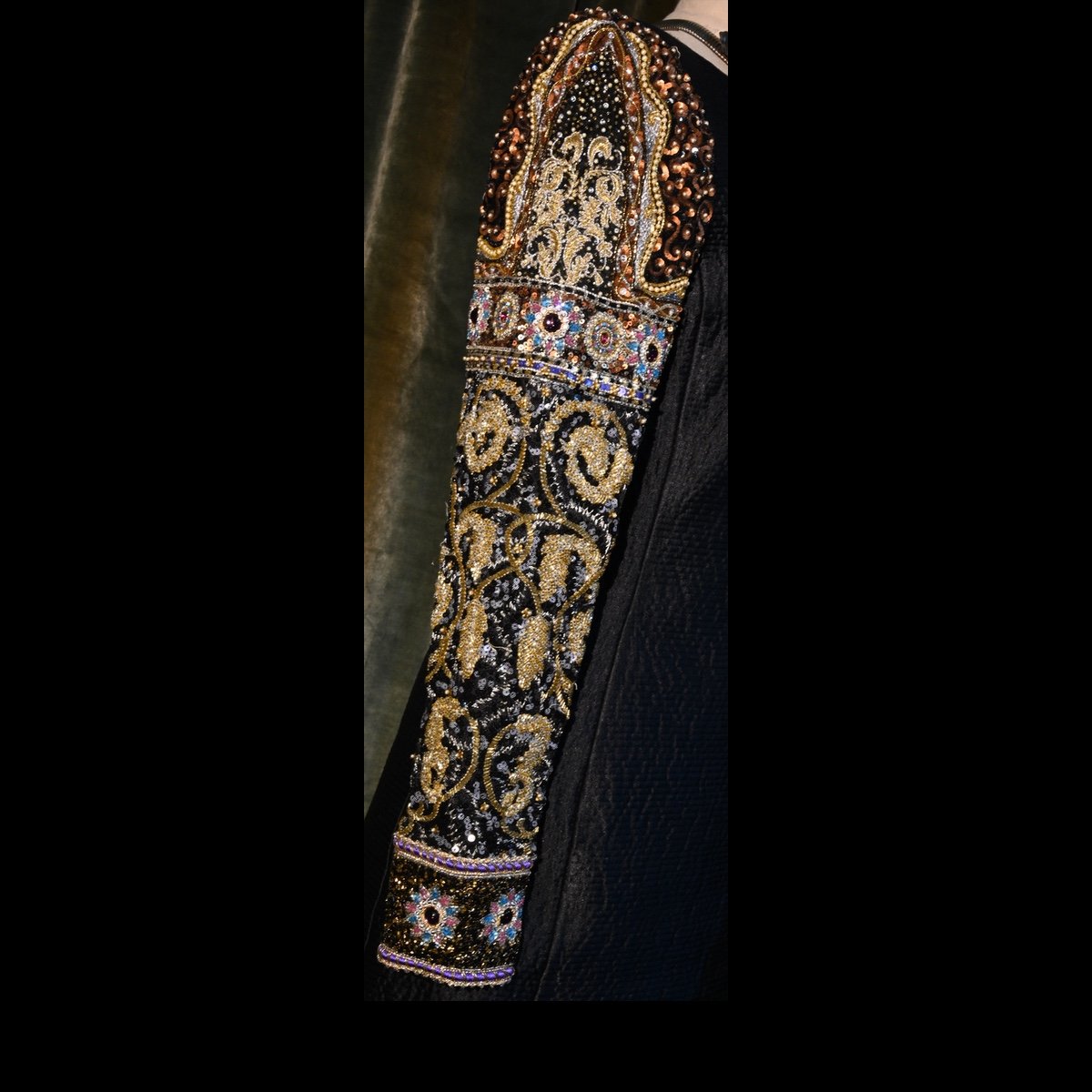
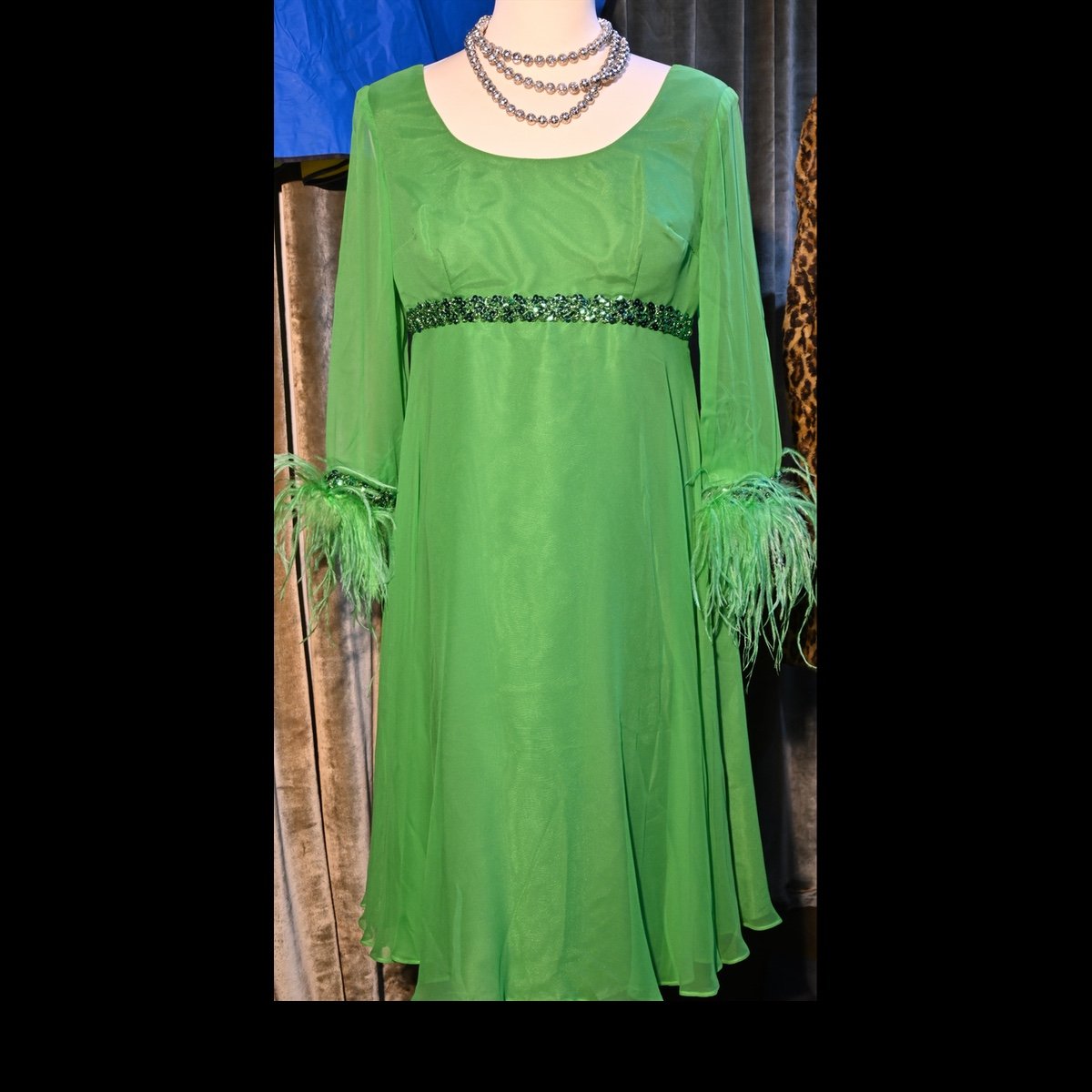
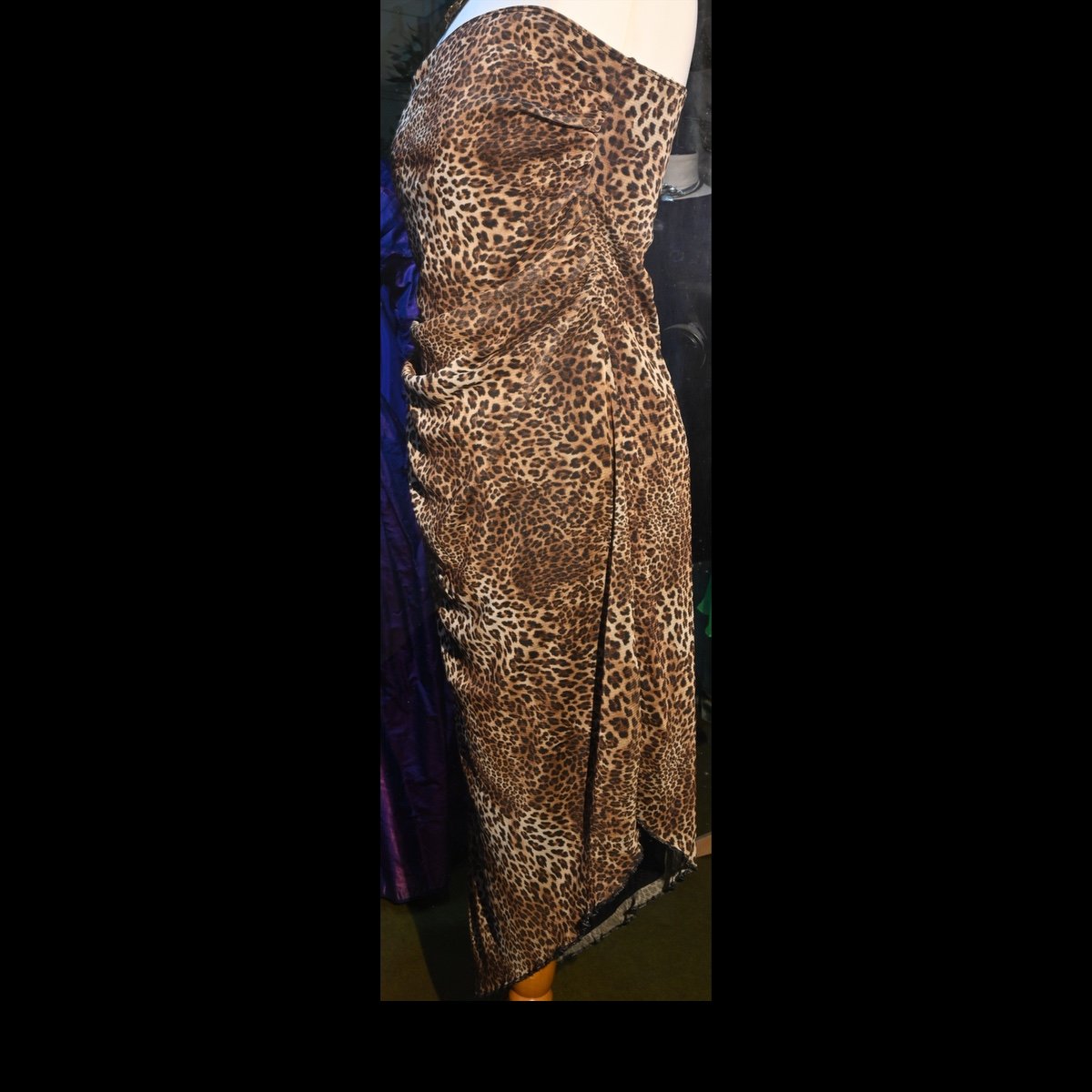
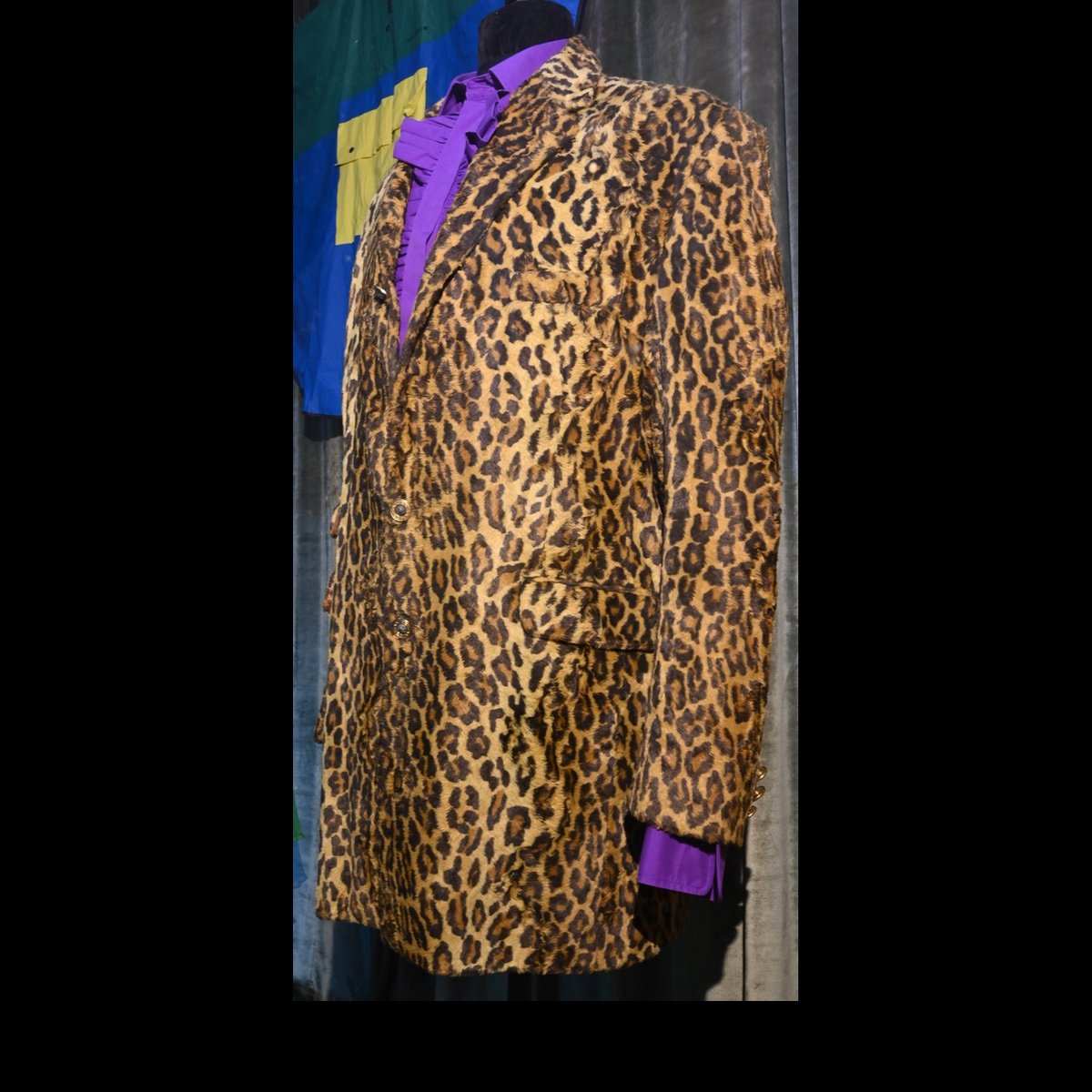
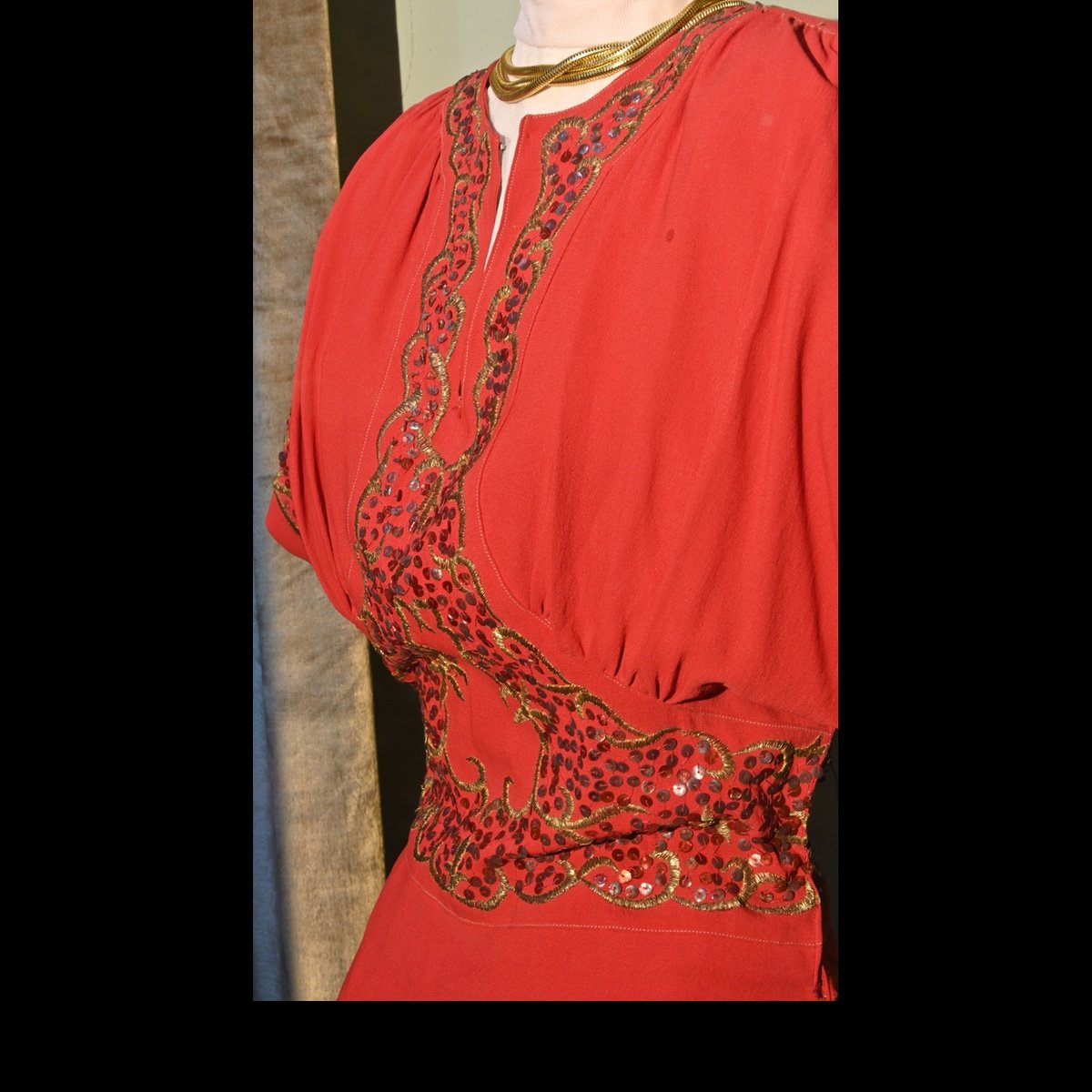
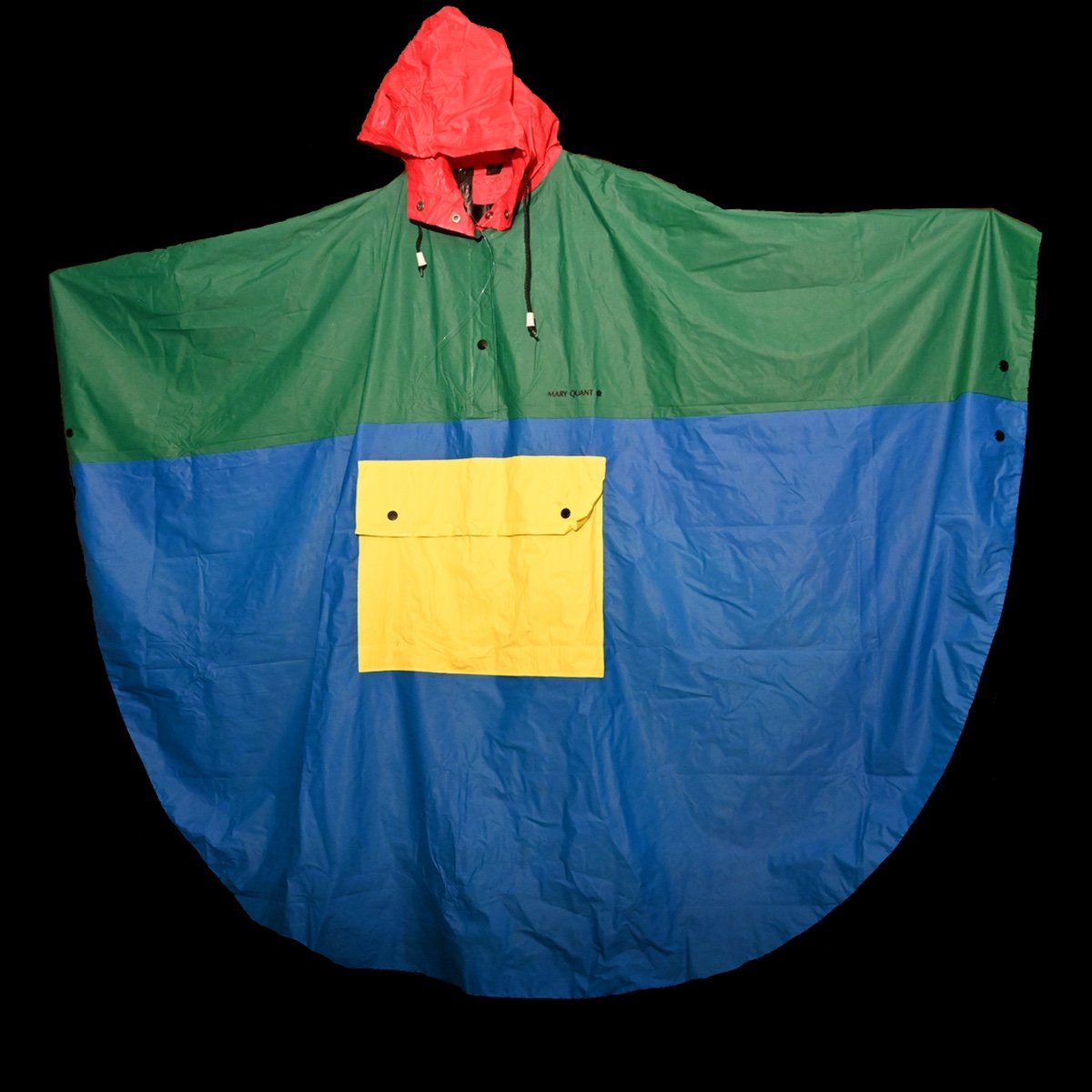
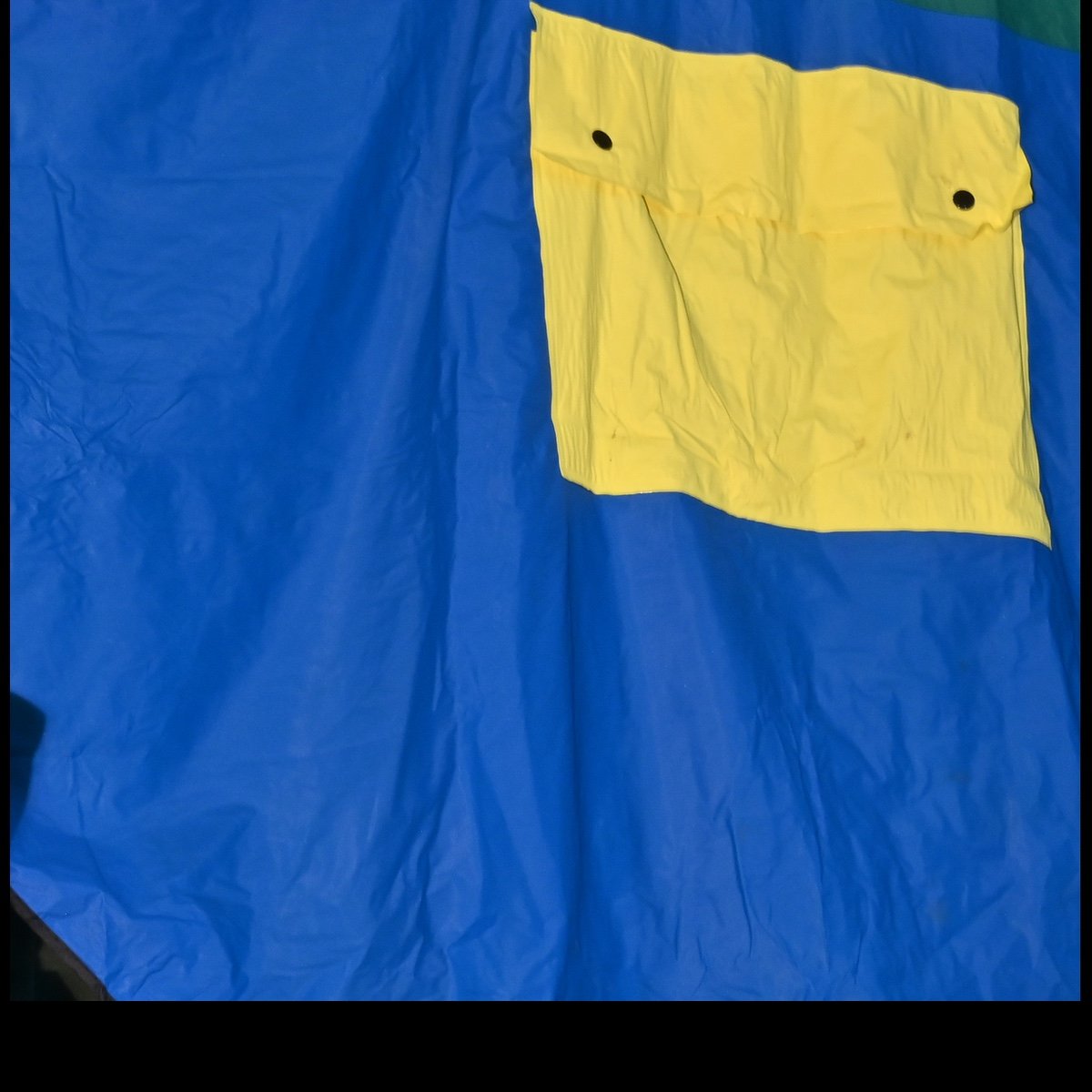
Photography by Michael Alexander

